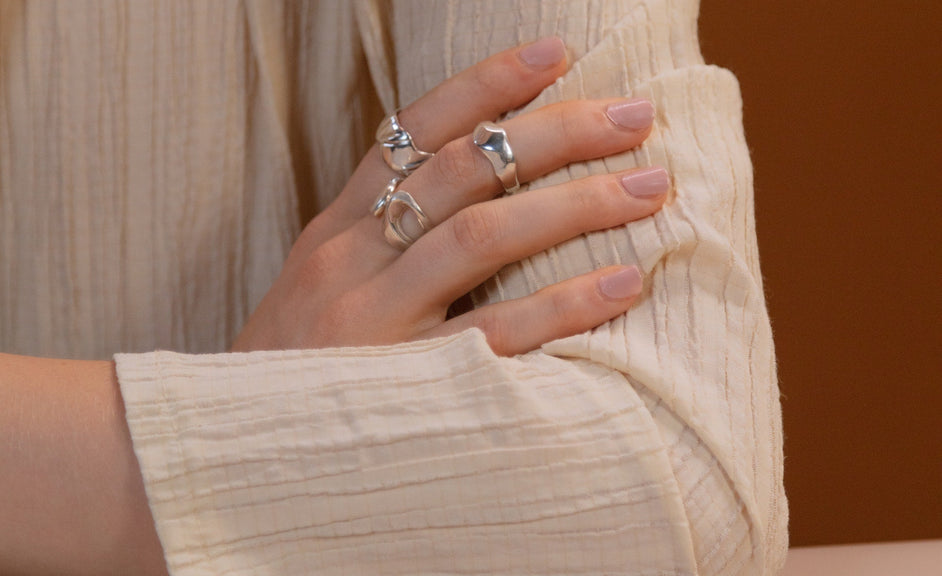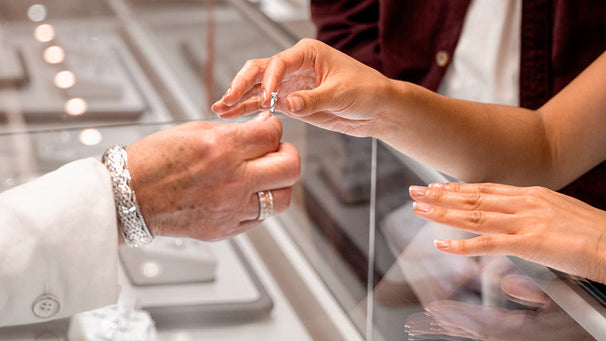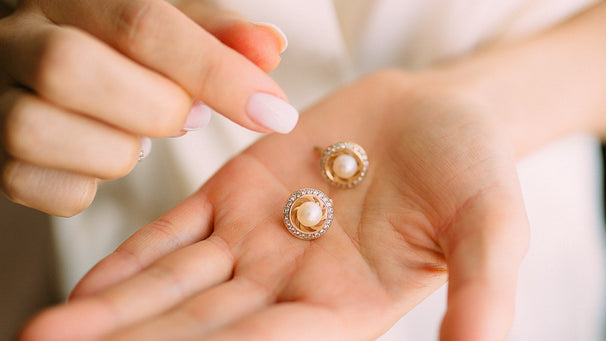Titanium versus tungsten...which one to choose?
It is not always easy to discern the major differences between two relatively new materials in the world of jewelry, namely Titanium and Tungsten.
Jewelry made from these metals is becoming increasingly popular as it is much more affordable than gold, and is even said to be the trend of the future! Let's take a broad look at the differences to help you better guide you when purchasing jewelry made from one of these materials.

Tungsten carbide, made from a mixture of carbon and tungsten, is 90% heavier than stainless steel. It is 10 times harder than 18k gold, 7 times harder than steel, and 4 times harder than titanium. Its name comes from the Swedish words tung (heavy) and sten (stone). It is a metal that is virtually impossible to scratch, has a strength comparable to that of a diamond, and the brilliance of a mirror. Once polished, the jewelry shines like a gemstone.

This metal is suitable for various alloys used in the manufacture of tools that need to resist wear, such as saws, drills, milling cutters (tools), or lathe tools. It offers better resistance to wear and heat than high-speed steels known as ARS (or HSS in English), which are also widely used in machining. It is also used to make ammunition bullets and sometimes pen balls. It is mainly used in cutting tools in its sintered form using cobalt, which gives it the necessary ductility.
It can be found in some high-end sporting goods for its strength and rigidity, such as the tips of walking and ski poles, shoe spikes or bicycle tires... It is sometimes used in the military field as armor-piercing ammunition instead of depleted uranium, which was previously used. Finally, it is used in jewelry, as a material for making rings and wedding bands, watches and bracelets (mainly for men).
This metal is increasingly sought after in the world of jewelry, because the richness of its color and weight, combined with its strength and resistance, means that gold can only bow before it. On the other hand, this very hard metal does not adjust. No size adjustment is possible. The person must therefore keep the same finger size or change the ring. This metal cannot be engraved either. In fact, we will barely see a slight scratch during the engraving, which does not give a result that lives up to expectations. The engraving in new rings is done during casting, before the metal becomes so hard. And, it must be admitted, the nobility of gold will keep its place…. Titanium, on the other hand, is a more ductile material than tungsten. It is much lighter (43% lighter than steel, which is already lighter than tungsten).

This metal has several commercial uses, such as in the space sector, the military industry (nuclear submarines), prosthetics, high-end bicycle frames, airplanes, etc. 6% to 9% of the mass of airplanes is made up of titanium.
Titanium jewelry is mostly made of bands, but recently, other jewelry has become available, such as earrings and cufflinks. They are very trendy, sought-after, and therefore increasingly popular with newlyweds who want to be trendy while having a wedding band that will last.
It is safer than tungsten for people with allergies to certain metals, since there is no cobalt or nickel in the alloy mixtures.
It can also be colored using anodizing. This process is mainly used in artisanal jewelry. It is also much less expensive, making it a choice for those on a budget. The main reason is the difference in equipment required for its manufacture and the environmental control for production. Tungsten melts at 3422°C, while titanium melts at 1668°C.
Unlike tungsten, this metal can be engraved or resized. Although it is very hard, its malleability allows it. This makes it an economical, practical, durable, and safe choice for those with white metal allergies!


